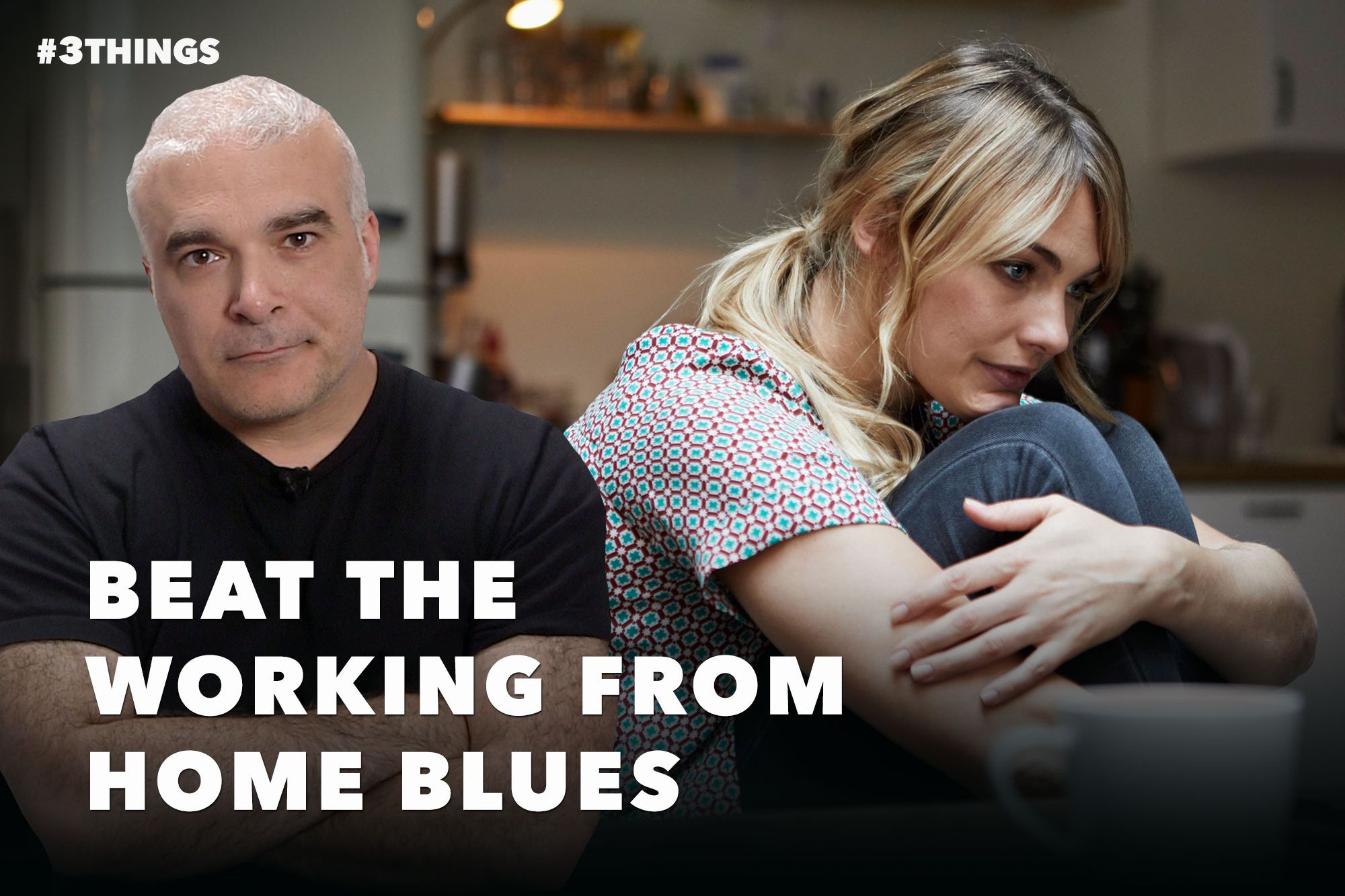Making an American Icon: How Harley-Davidson Roared to Life Entrepreneur spoke with the stars and biker builder behind Discovery Channel's new miniseries 'Harley and The Davidsons.'
By Dan Bova
They're real. They're unsafe. And they're spectacular.
We're talking about the motorcycles featured on Discovery Channel's scripted miniseries Harley and the Davidsons, which tells the success story of the birth of an iconic American brand, and then watches that brand race around tracks at dangerously high speeds.
The three-part miniseries follows Bill Harley (played by Robert Aramayo), Walter Davidson (Michiel Huisman) and Arthur Davidson (Bug Hall) as they risk their money and futures on building a motorcycle that will one day become the standard for all others.
On the rev up to the premiere, (Monday, Sept. 5 at 9 p.m.) we spoke with the man charged with bringing these machines back to life on screen, bike fabricator Alex Wheeler. Note that we didn't say "CGI artist." These bikes are real. And in real life, things get messy. Here are some of the challenges Wheeler and his team faced and how they solved them.
Related: 5 Business Lessons I Learned From Being a Member of a Motorcycle Gang
There aren't a ton of functioning vintage Harley-Davidsons lying around.
"We realized that we would need about 80 running bikes for this script. Bikes from 1903 aren't that readily available, so we had to build them from scratch based off drawings and photographs. We built the frames, and our first real problem was the motors. There aren't working motors you can buy off the shelf that look historically accurate. So we decided we would go ahead and build them from scratch as well. There was a hell of a lot of work in that!"
Related: 9 Iconic Inventors Who Changed the World
Original hogs aren't super camera friendly.
"We assumed that the early bikes would be easy to ride because they were available to the general public. And nothing could be further from the truth. They are very difficult to ride. You are basically riding a bicycle with a reasonably powerful motor attached to it. Coordinating the races with these motors was challenging -- they don't just easily throttle up and go. And the races in the show were probably far more intense than were intended for those bikes, so they were breaking all of the time. Some of the mechanics you see in the background of the racing scenes are actual mechanics in costumes who are really fixing the bikes to keep the shoot going."
Real life is harder than fantasy.
"My shop did some early work on some cars that made it into Mad Max and we did some cars for Doomsday. Generally speaking, cars give you a lot more room to hide things. You put all this crazy bodywork on it with a V-8 sticking out of the hood. It looks like a beast, but it is essentially a Honda. But with these bikes, they are so naked. There was no hiding anything. We had to go to great lengths to make them look as authentic as possible. This was definitely one of the most difficult and exciting projects we've ever worked on."
Capturing a legend.
"This story is the ultimate American Dream. These blue-collar guys got together and built it from it from nothing and transformed it into an icon and a major industry. It wasn't the first bike on the market, and early on, didn't have the greatest innovations even, but they survived two world wars, the Great Depression, various takeover bids along the way and they never changed. It's the grandfather of all bikes. The beauty of a Harley is that you don't buy them finished. You finish it off yourself. It is one of the most customizable brands in the world -- paint, forks, exhaust. If you're driving a standard Harley, you just haven't gotten around to modifying it yet."













